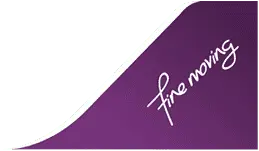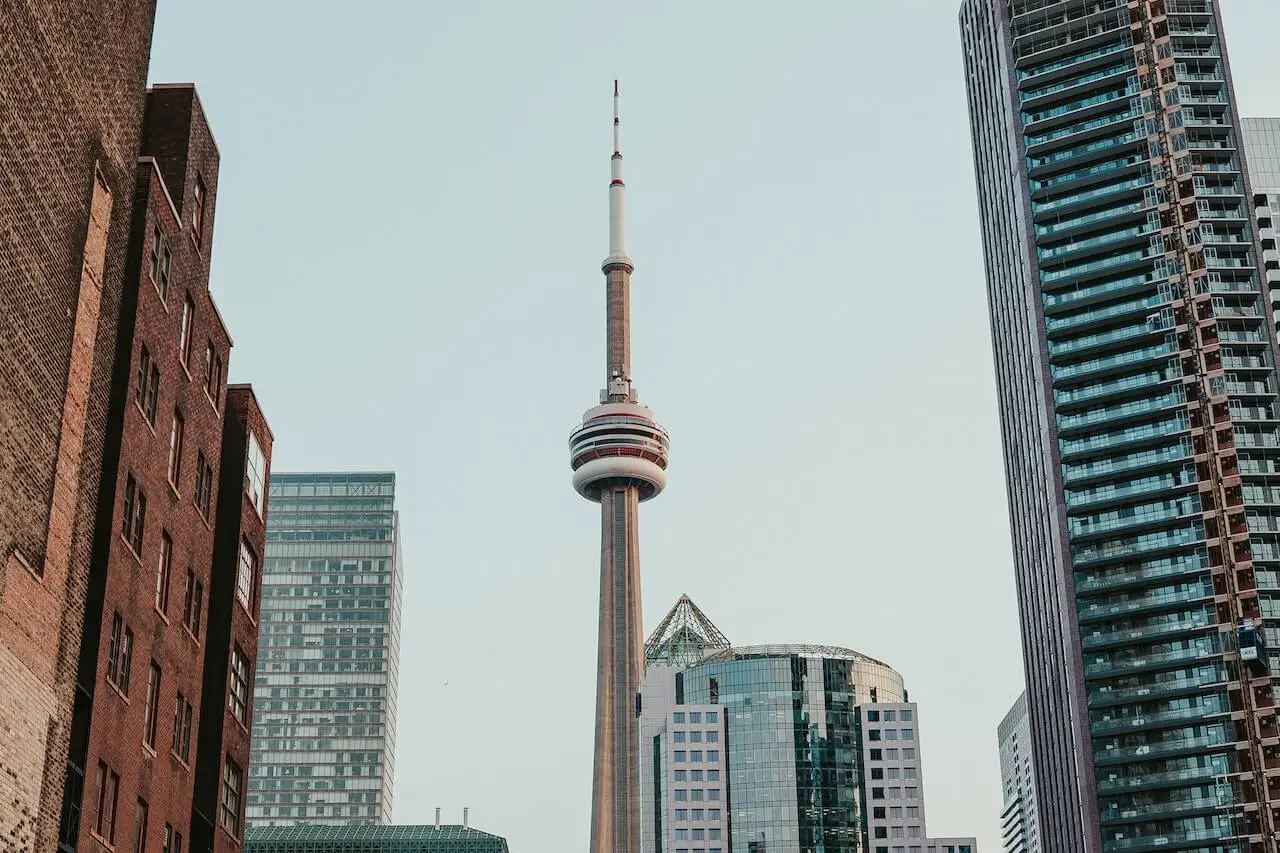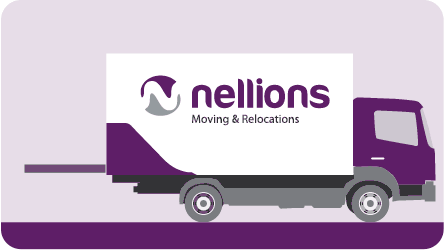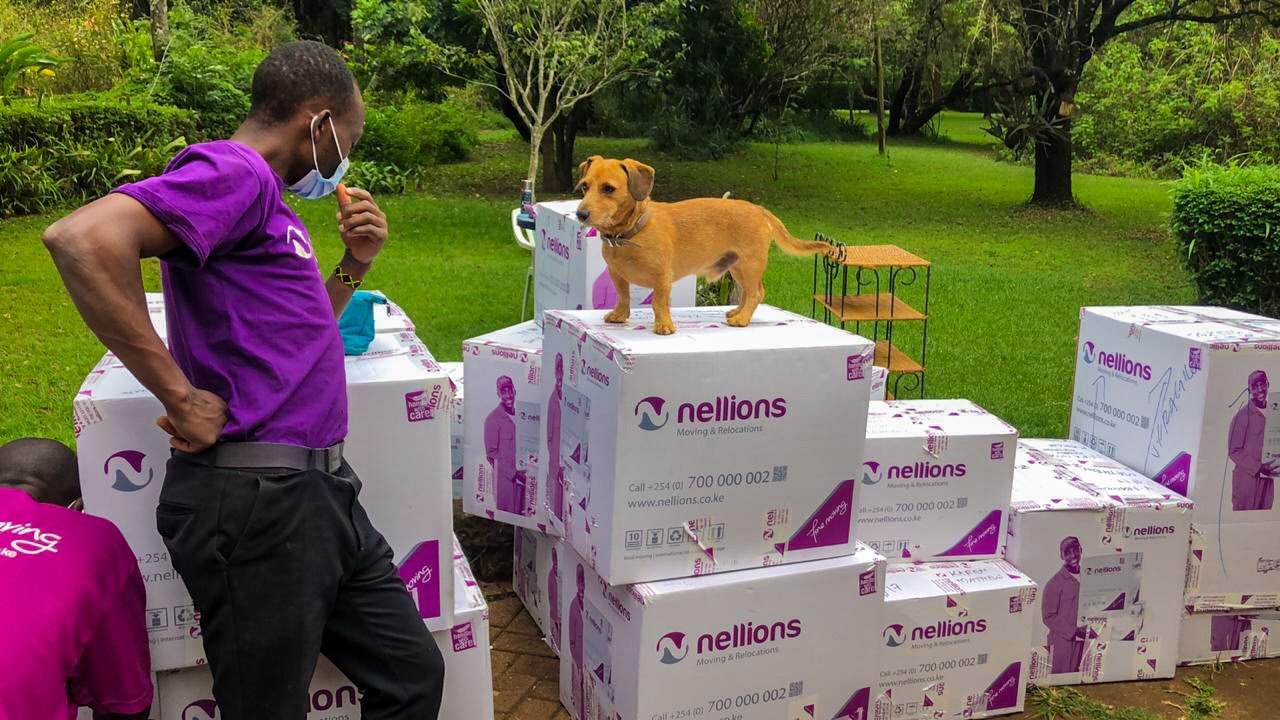Last updated on November 2nd, 2022 at 03:31 pm
Canada is one of the world’s most multicultural and ethnically diverse countries. Indeed, most expats who move to Canada find Canadians or “Canucks” very friendly and welcoming.
For a country that’s the world’s second-largest by land mass after Russia, Canada’s name comes from the Huron-Iroquois word Kanata, meaning village. The origins of Canada’s name notwithstanding, the official languages in the country are English and French.
It’s noteworthy that despite its size, Canada is a sparsely populated country which ranks 39th by population, according to the United Nations Population Division estimates.
Canada’s capital is Ottawa, but the honour of being the largest city in the country goes to Toronto. Other Canadian cities include Montréal, Vancouver, and Quebec City.
As a parliamentary democracy, Canada is headed by a Prime Minister. However, the country is also a constitutional monarchy with the executive authority vested in the Queen of England. While she is the head of state, the Prime Minister is the head of government.
That Kenya and Canada have an excellent relationship is not in doubt. Some of the two nations’ shared interests include poverty reduction, trade diversification, and the empowerment of women and girls.
Like Kenya, Canada allows dual citizenship.
Additionally, Canada’s High Commission in Nairobi is the nation’s largest mission in Africa. It’s not only accredited to Kenya but also to Rwanda, Burundi, Somalia, and Uganda, as well as UN-Habitat and the United Nations Environment Programme. On its part, Kenya has a High Commission in Ottawa.
In terms of trade, Canada exports wheat, dried peas and beans, recyclable materials, and aerospace products and parts to Kenya. On the other hand, Kenya exports vegetable products and textile products to Canada.
Here are some essential tips you should keep in mind when moving from Kenya to Canada:
1. You Need Certain Documents to Import Used Household Goods and Personal Effects
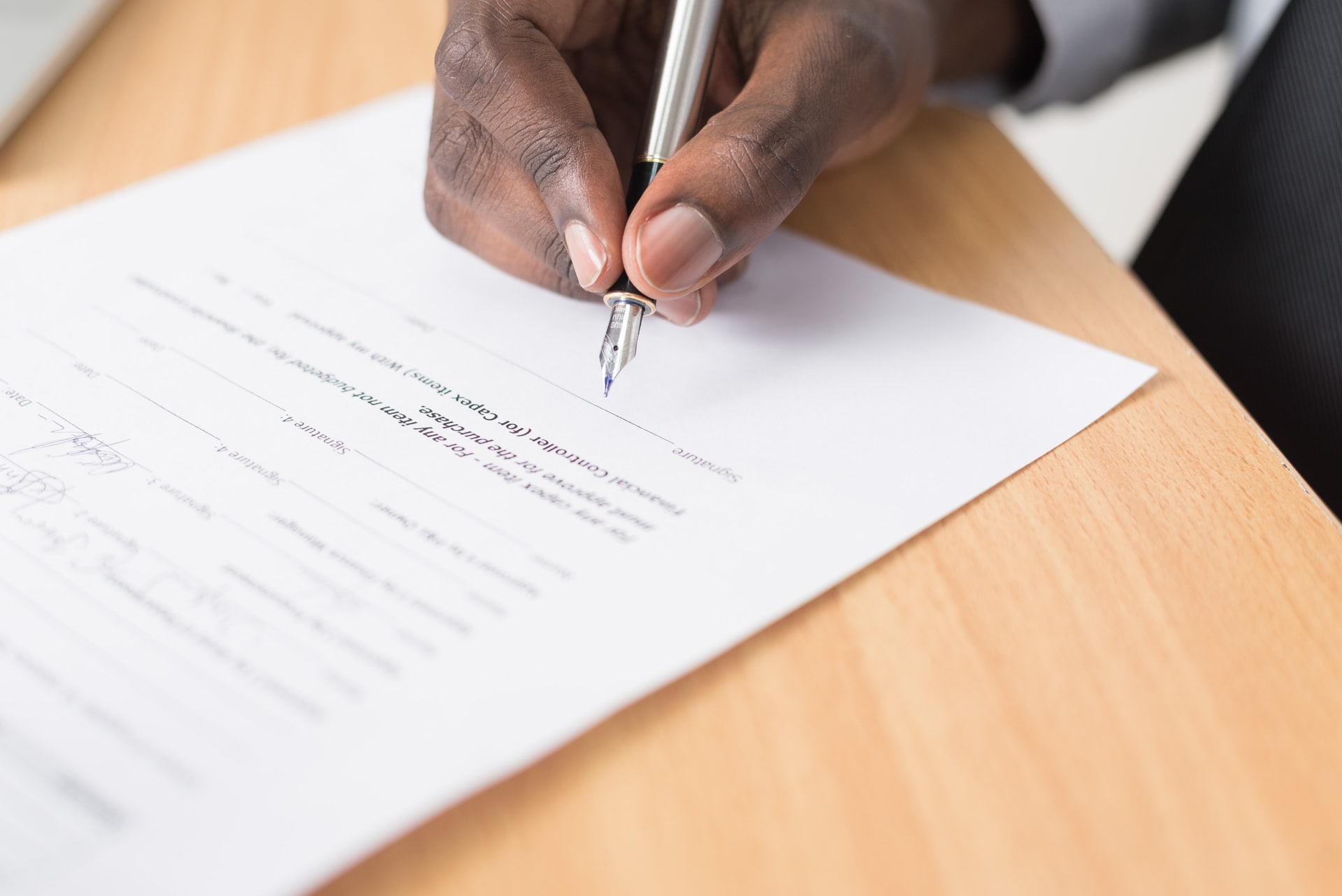
Canada requires that you have certain documents to import your used household goods and personal effects. These documents include:
- Copy of your passport (the photo page only)
- Proof of your residency abroad (for at least 12 months)
- Detailed inventory or packing list (in either English or French)
- Personal effects accounting document (Form BSF186)
- Original bill of lading (OBL) or air waybill (AWB)
- Immigration papers (if applicable)
- Liquor permit (if applicable)
- Student visa (if applicable)
- Work permit (if applicable)
Some documents that seasonal residents of Canada can show when importing their used household goods and personal effects to prove they reside in the country include a copy of a deed, lease agreement, or sales agreement.
If among the goods you’ll be importing are some inheritance items, you’ll need to produce a copy of the will, death certificate, or a letter from the executor of the concerned estate.
2. Used Household Goods and Personal Effects Are Eligible for Duty-Free Entry Under Certain Conditions
Canada allows returning citizens and former residents moving to Canada from other countries to import household goods and personal effects duty-free if:
- They owned and used the goods for at least 6 months before importation
- They have lived abroad for a minimum of 12 months (although those who’ve lived abroad for 5 years or more are exempt from the 6-month ownership rule)
- Their shipment doesn’t include goods that are for resale or which will be otherwise disposed of within 12 months of importation
- The value of their personal or household items (including a motor vehicle) doesn’t exceed CAD$10,000 on the date of importation
Canada charges duty and taxes on the value above the stipulated limitation of CAD$10,000 on the date of importation. These levies are only applicable for household goods and personal effects imported by former residents who choose to resume residence in Canada.
Meanwhile, people moving to Canada for the first time to establish a residence of one year or more (settlers) are only required to have owned, possessed, and used their goods abroad to qualify for duty-free entry.
These goods must still meet specific requirements to enter Canada. They must also not be sold or disposed of 12 months after importation.
As for diplomats, they can import their goods tax and duty-free into Canada. However, they’re required to obtain an obligation for privilege from the Canadian Ministry of External Affairs.
3. Certain Goods Are Ineligible for Duty-Free Exemption

While Canada allows you to bring in your household goods and personal effects without paying duty, there are goods you have to pay duty on. These include:
- Farm equipment
- Items you’ve bought on your way to Canada
- Vehicles you plan to use for commercial purposes
- Items you’ve leased or rented (these aren’t considered items you own)
- Equipment you plan to use in contracting, construction, and manufacturing
When it comes to gifts, you must declare all of them to the Canada Border Services Agency (CBSA). However, you:
- May have to pay taxes and duties for the value of gifts that are above CAD$60
- May have to pay duties on alcohol and tobacco (they can’t be imported as gifts)
- Can bring your wedding gifts with you without paying duty if:
- You plan to marry no later than three months after you arrive in Canada
- You get married within three months of coming to Canada
Canada allows you to bring a small amount of alcohol and tobacco into the country without paying duty and taxes.
Exceeding the alcohol and tobacco limits allowed by your personal exemption will expose you to duties, taxes, and any provincial or territorial levies that apply to the excess amount.
While you’ll have to pay duty on any item you bring with you that hasn’t been used (new items), some of the household goods and personal effects you do NOT have to pay duty on include:
- Books
- Clothes and linen
- Antiques and furniture
- Jewellery and silverware
- Gifts worth CAD$60 or less
- Hobby tools and other hobby items
- Private collections of art, coins, or stamps
- Appliances such as a refrigerator
- Musical instruments
Expert Tip: If you’re unsure whether you have to pay duty on some items, it’s advisable to bring their sales receipts and registration documents with you. A CBSA officer will guide you accordingly.
4. You’ll Need to Use ArriveCAN and Other Essential Documents to Enter Canada
The Canadian government requires the use of ArriveCAN to provide mandatory travel information necessary for entry into Canada. The newest version of the application, available for iOS, Android and web, should be used to submit your data.
In addition to ArriveCAN, there are other essential documents that you must have to be allowed into Canada. These documents include:
- Canadian immigrant visa (if applicable)
- Valid passport or other travel documents for each family member travelling with you
- Confirmation of Permanent Residence for each family member travelling with you
- 2 copies of a detailed list of all the household and personal items you’re importing
- 2 copies of a list of items that’ll be arriving later, complete with their monetary value
Packing these documents in your luggage isn’t recommended, but keeping them with you at all times is.
Other documents that aren’t essential but which you might need include:
- Marriage certificates
- Driver’s licence (International Driver’s Permit)
- Reference from your auto insurance company
- Trade or professional certificates and licences
- Letters of reference from former employers
Bonus Tip: Bring official documents indicating the vaccinations you and your family have already had. Canada requires children to have immunisation or vaccination records to enrol in school.
5. You Must Declare Your Goods Upon Arrival in Canada

Whether you have your goods with you on arrival or not, you must give a list of your goods to the border services officer you’ll encounter at your first point of entry in Canada.
Settlers, in particular, are advised to prepare two copies of a typed list of all the goods they plan to bring into Canada. This list should:
- Show the value of each item, its make, model, and serial number (if applicable)
- Be divided into two sections, where one is for the goods you’re bringing with you and the other for the goods that’ll be arriving later
To make this process easier, you can fill out a BSF186 – Personal Effects Accounting Document form before travelling. That way, you can give it to the Canada Border Services Agency (CBSA) officer assigned to you upon arrival.
Apart from settlers, the BSF186 form should be completed by former residents, seasonal residents, or beneficiaries returning to Canada.
You’ll also be asked to complete a Customs Declaration Card (E311 – Declaration Card) before meeting with customs and immigration officials upon arrival in Canada.
The E311 – Declaration form isn’t meant to list the personal and household goods you’re bringing with you or which are following you to Canada. The lists of those items should be shown separately to a customs officer.
Instead, the Customs Declaration Card is meant to declare:
- The items you must pay duty on such as alcohol, gifts, and tobacco
- Business goods, animals, plants, food, firearms or other weapons
- Amounts of money more than CAD$10,000
Bonus Tip: Making false declarations or failing to tell a CBSA official that you’re carrying items or money that should be declared can result in monetary penalties, criminal prosecution, or the seizure of your goods.
6. You’ll Need to Undergo an Immigration Medical Exam, but Your Pet Won’t Need Microchipping
Canada requires you to have a medical exam if you’re applying to become a temporary resident and:
- You want to stay for more than 6 months in Canada
- You’ve lived or travelled for 6 months in certain countries or territories (Kenya is one)
Therefore, if you’re moving from Kenya to Canada, you’ll be expected to complete a medical questionnaire and undergo a physical test.
Please note that your immigration medical exam can only be done by a panel physician approved by Immigration, Refugees and Citizenship Canada.
Unlike some countries such as Australia, Canada doesn’t require your pet’s microchipping before entry.
Your pet must, however, have a Rabies Certificate that’s in either English or French and which is issued by a licensed veterinarian. An EU Pet Passport is also acceptable. The certificate should:
- Identify the animal’s breed, colour, and weight
- Indicate the trade name and the serial number of the vet
- Specify how long the animal’s immunity is good for
All cats and dogs entering Canada, except those from the United States, are subject to inspection at the owner’s cost.
7. You Can Import Your Car Duty-Free for Personal Use, but Conditions Apply

Canada permits the duty-free importation of vehicles meant for personal use.
Work permit and student visa holders enjoy a waiver on duty and taxes for the duration of their permits. However, their vehicles must be imported on a temporary basis and re-exported upon departure from Canada.
For Canada’s returning citizens and residents, a tax and duty exemption applies to the first CAD$10,000 of their vehicle’s value. They must also have owned and used their cars for more than 6 months to qualify for tax and duty exemptions.
Unfortunately, most vehicles that are sold in countries other than Mexico and the United States can’t be imported into Canada.
That’s because the importation of vehicles built and certified to meet the vehicle standards of a foreign country isn’t allowed by Canada’s Motor Vehicle Safety Act (the Act). Specifically, the Act doesn’t permit the modification of such vehicles to meet Canada Motor Vehicle Safety Standards.
However, there are exceptional circumstances that allow the importation of vehicles from outside the United States and Mexico, including:
- The vehicle is at least 15 years old based on the month and year of its manufacture and belongs to a regulated class of vehicle under the Act (and isn’t a bus)
- The vehicle is non-regulated at importation, meaning that it doesn’t belong to a class of vehicle regulated under the Motor Vehicle Safety Regulations
- The vehicle meets all Canadian standards and was bought new abroad from a manufacturer (ensure you pre-authorize its importation with Transport Canada)
- The vehicle meets U.S. safety standards and was bought new at retail in the United States before being shipped abroad (it should also qualify for import via the Registrar of Imported Vehicles)
- The vehicle is a returning United States-specification used car originally bought at retail in the U.S. and still compliant with U.S. standards (it should also qualify for import via the Registrar of Imported Vehicles)
Attempts to import an inadmissible vehicle will result in its denial of entry and detention. In such cases, all storage and disposal fees are deemed your responsibility.
8. Vehicles That Fail the Registrar of Imported Vehicles (RIV) Inspection Can’t Stay in Canada
If your motor vehicle fails the Registrar of Imported Vehicles (RIV) inspection, it can’t stay in Canada. It doesn’t matter that you might have paid taxes and duties to bring it through customs.
Naturally, you’d only have paid duties if you were a returning citizen or resident whose vehicle’s value exceeded the tax and duty exemption applied to the first CAD$10,000 of its value.
Besides the RIV inspection, all imported vehicles are inspected by the Canadian Agricultural Inspection Agency upon arrival.
Therefore, it’s recommended that your vehicle be clean and free of any soil or contaminants on arrival. It might even be necessary to steam clean it. In fact, you should include receipts with the shipping documents as proof of cleaning.
Some of the documents you require to import your motor vehicle include:
- Original bill of lading (OBL)
- Copy of passport (photo page only)
- Original proof of ownership (may be sent with the car)
- Previous registration documents
- Proof of insurance
Expert Tip: Vehicles imported into Canada can’t be licensed in the country unless they’re cleared through customs.
9. The Move Takes 6-10 Weeks, but You Must Be in Canada by the Time Your Household Goods Arrive
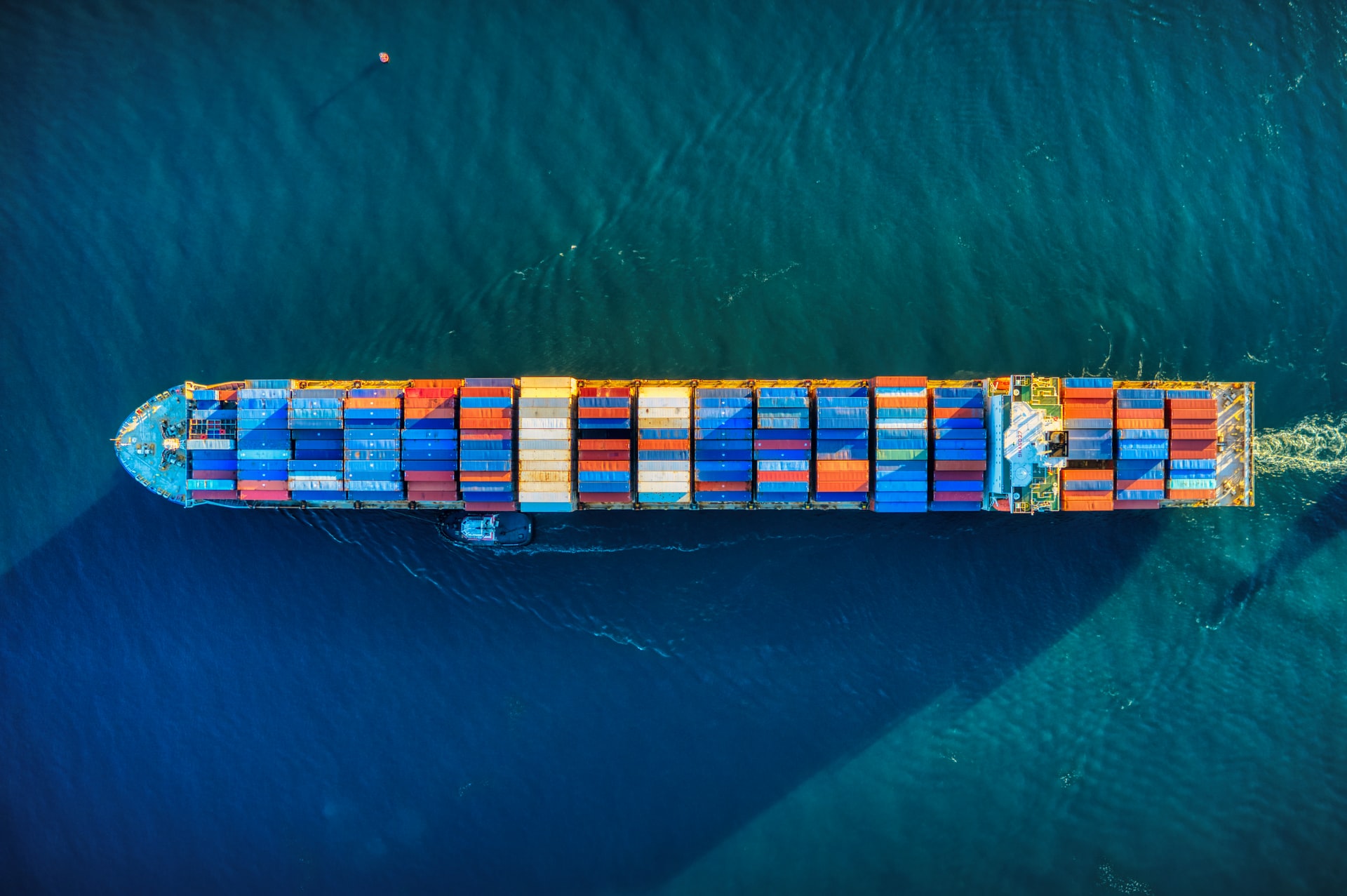
It takes about 6 to 10 weeks to complete the door-to-door shipment of your household goods and personal effects from Kenya to Canada. It typically depends on which part of Canada you’re moving to.
Customs clearance, on the other hand, takes about 4 to 6 days. You can clear your household goods through customs either in person or through a licensed customs broker.
However, keep in mind that Canadian customs require that you MUST be inside Canada by the time your household goods arrive.
It’s in your best interest to retain a reputable moving company. Dealing with professionals will ensure you not only import permitted goods into Canada but also file the appropriate documentation accurately.
That’s a great way to avoid costly temporary or permanent rejections since Canadian customs releases are not guaranteed.
Do your move right, and you’ll be enjoying your new lease on life in Canada in no time, with a warm, welcoming and accepting community to guide you right along.


